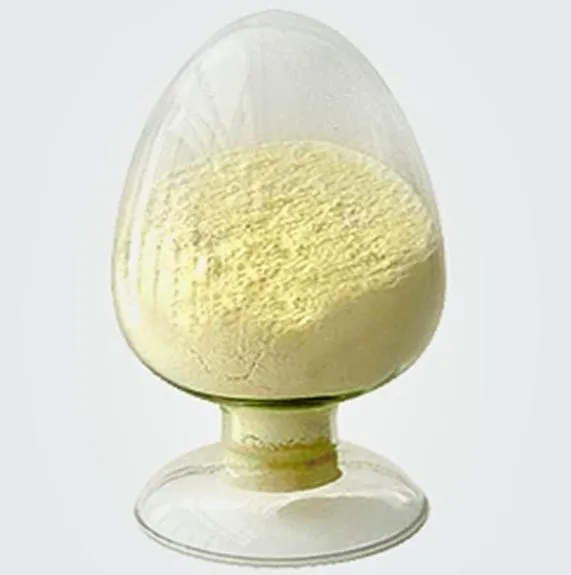Warning: Undefined array key "title" in /home/www/wwwroot/HTML/www.exportstart.com/wp-content/themes/1198/header.php on line 6
Warning: Undefined array key "file" in /home/www/wwwroot/HTML/www.exportstart.com/wp-content/themes/1198/header.php on line 7
Warning: Undefined array key "title" in /home/www/wwwroot/HTML/www.exportstart.com/wp-content/themes/1198/header.php on line 7
Warning: Undefined array key "title" in /home/www/wwwroot/HTML/www.exportstart.com/wp-content/themes/1198/header.php on line 7
- Afrikaans
- Albanian
- Amharic
- Arabic
- Armenian
- Azerbaijani
- Basque
- Belarusian
- Bengali
- Bosnian
- Bulgarian
- Catalan
- Cebuano
- China
- China (Taiwan)
- Corsican
- Croatian
- Czech
- Danish
- Dutch
- English
- Esperanto
- Estonian
- Finnish
- French
- Frisian
- Galician
- Georgian
- German
- Greek
- Gujarati
- Haitian Creole
- hausa
- hawaiian
- Hebrew
- Hindi
- Miao
- Hungarian
- Icelandic
- igbo
- Indonesian
- irish
- Italian
- Japanese
- Javanese
- Kannada
- kazakh
- Khmer
- Rwandese
- Korean
- Kurdish
- Kyrgyz
- Lao
- Latin
- Latvian
- Lithuanian
- Luxembourgish
- Macedonian
- Malgashi
- Malay
- Malayalam
- Maltese
- Maori
- Marathi
- Mongolian
- Myanmar
- Nepali
- Norwegian
- Norwegian
- Occitan
- Pashto
- Persian
- Polish
- Portuguese
- Punjabi
- Romanian
- Russian
- Samoan
- Scottish Gaelic
- Serbian
- Sesotho
- Shona
- Sindhi
- Sinhala
- Slovak
- Slovenian
- Somali
- Spanish
- Sundanese
- Swahili
- Swedish
- Tagalog
- Tajik
- Tamil
- Tatar
- Telugu
- Thai
- Turkish
- Turkmen
- Ukrainian
- Urdu
- Uighur
- Uzbek
- Vietnamese
- Welsh
- Bantu
- Yiddish
- Yoruba
- Zulu
Oct . 21, 2024 12:41 Back to list
The Presence of Aspartame in Everyday Food Products and Beverages
Understanding Aspartame Where is it Found?
Aspartame, an artificial sweetener known for its intense sweetness, has become a staple ingredient in a variety of food and beverage products around the world. As people become more health-conscious and seek alternatives to sugar, understanding where aspartame is found and how it is used is essential.
What is Aspartame?
Aspartame is a low-calorie sweetener that is approximately 200 times sweeter than sucrose (table sugar). Composed of two amino acids, aspartic acid and phenylalanine, it was discovered in 1965 by chemist James M. Schlatter. Aspartame is commonly used in products marketed for weight management, diabetic diets, and sugar-free options. Its sweetening properties make it an appealing choice for food manufacturers looking to provide sweetness without the calories.
Common Products Containing Aspartame
1. Beverages One of the most significant categories where aspartame is found is in diet sodas and soft drinks. Many popular brands use it to provide sweetness without the calories associated with regular sodas. Products such as Diet Coke, Diet Pepsi, and various flavored waters often list aspartame among their ingredients.
2. Sugar-Free Foods Aspartame is frequently used in sugar-free versions of candies, gums, and desserts. Sugar-free chewing gum, hard candies, and even some chocolate products utilize aspartame to mimic the sweetness of sugar minus the calories.
3. Dairy Products Some yogurts, ice creams, and flavored milk products also contain aspartame. These products appeal to consumers looking for healthier alternatives to traditional dairy items that are often high in sugar.
aspartame is in

4. Condiments Aspartame can be found in various condiments, including some salad dressings, sauces, and ketchup. These products offer a sweet flavor profile, often without the extra calories that come from added sugars.
5. Meal Replacements and Nutritional Bars Many dietary supplements, meal replacement shakes, and protein bars feature aspartame as a sweetening agent. These products cater to individuals seeking quick and convenient nutrition while managing their caloric intake.
Health Concerns and Safety
Despite its widespread use, aspartame has been subject to considerable debate regarding its safety. Regulatory agencies like the U.S. Food and Drug Administration (FDA) and the European Food Safety Authority (EFSA) have conducted extensive studies and concluded that aspartame is safe for human consumption at recommended levels. However, individuals with phenylketonuria (PKU), a rare genetic disorder, must avoid aspartame as they cannot metabolize phenylalanine effectively.
Many people still express concern over the potential health effects of aspartame, including claims linking it to headaches, allergic reactions, and other health issues. However, scientific research has largely found no significant evidence to support these claims when aspartame is consumed within established safety limits.
The Future of Aspartame
As more consumers seek healthier lifestyles and lower sugar options, the demand for artificial sweeteners like aspartame is likely to continue. However, some trends suggest a shift towards natural sweeteners such as stevia and monk fruit, as consumers become more conscious of the ingredients in their food and beverages.
In conclusion, aspartame remains a widely utilized sweetener in countless products, particularly for those seeking to reduce sugar intake. Understanding where aspartame is found and how it fits into a diet can help consumers make informed choices. Whether enjoyed in a diet soda or a sugar-free dessert, aspartame continues to play a significant role in the food industry. As with any ingredient, moderation is key, and consumers should feel empowered to investigate their dietary choices thoroughly.
Latest news
-
Certifications for Vegetarian and Xanthan Gum Vegetarian
NewsJun.17,2025
-
Sustainability Trends Reshaping the SLES N70 Market
NewsJun.17,2025
-
Propylene Glycol Use in Vaccines: Balancing Function and Perception
NewsJun.17,2025
-
Petroleum Jelly in Skincare: Balancing Benefits and Backlash
NewsJun.17,2025
-
Energy Price Volatility and Ripple Effect on Caprolactam Markets
NewsJun.17,2025
-
Spectroscopic Techniques for Adipic Acid Molecular Weight
NewsJun.17,2025

